
 |
|||
| Welcome Silver-Based Digital HDR Canada 2011 News Techniques Contact |
TechniquesIn this part, I'll try to share and present different techniques of photography. I'll expose personal methods and also techniques I found on the web or that other photographs teach me. Of course, don't considerate what I say as the holy words, I'm not a professionnal photograph. But I'm pleased to share what I like, and if I can give tools to do what you want, it's good for both. Feel free to contact me if you have any question or comment, I'll be happy to have your feeling about what I say.
| |||
 |
| 1 - What is HDR (High Dynamic Range) and how to do it? | |||
HDR imaging were firstly used in architecture photography. This method enable you to have a perfect exposure, both in highlighting and shadows. But it's just impossible, when you shoot, to have details in a very bright sky and also in the foreground, very dark. HDR provides the answer. If you could have at least two different shots of the same scene, but with a different exposure, you could merge photos and then adjust separatly exposure of each zone of the image. Of course this method is very hard to do manually, so image treatment softwares has been developped to do it automatically, thanks to special algorithms. The most famous are PHOTOMATIX Pro, HDR Efex Pro, or PHOTOSHOP. A new technology has been developped by DxO Labs, enable you to do HDR with only one shot. The software is producing by itself three exposures from the RAW file you gave. The result is incomparable to real HDR but provides you a nice image, with an extreme local contrast. DxO Optics Pro 6 contains the HDR Single Shot preset, so you can automatically process images. If you are an advanced user, you can adjust manually many correction settings to have the perfect rendering. Today, HDR is overused, you can see it everywhere on the web, and also on the press. Thought to serve architecture photography, HDR is now a style, giving a creative aspect to images. TIP: The only important thing if you want to do HDR images is to shoot RAW files. RAW files are uncompressed files, containing all the information registrered by your camera sensor when you take the picture. JPEG is a compressed file freezing information. Then if you want to modify your image, quality of JPEG file will be deteriorated by the processing. On the contrary, RAW file can be modified without any loss of information. |
|||
Test 1 : PHOTOMATIX Pro, Hard HDR - Auto Bracketing |
|||
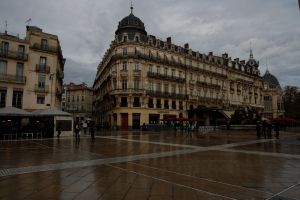 Auto Bracketing, -1 EV |
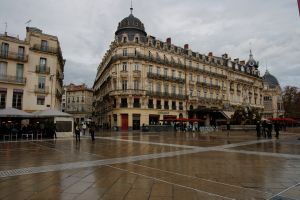 ISO 100, 17mm, 1/250s, f/6.3 |
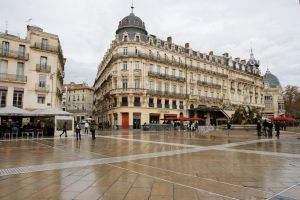 Auto Bracketing, +1EV |
|
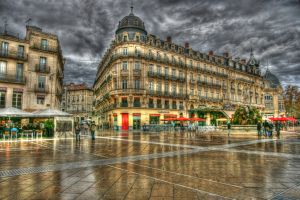 - PHOTOMATIX Pro processing - Extreme contrast and saturation, intense lighting. |
|||
Test 2 : PHOTOMATIX Pro, Smooth HDR - Manual Bracketing |
|||
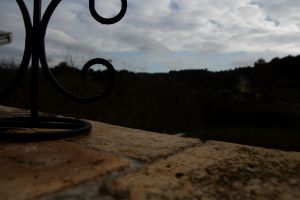 ISO 200, 17mm, 1/1250s, f/6.3 |
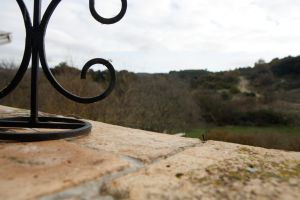 ISO 200, 17mm, 1/320s, f/6.3 |
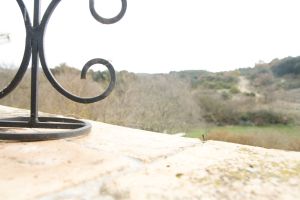 ISO 200, 17mm, 1/80s, f/6.3 |
|
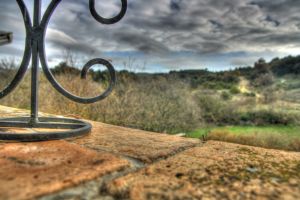 - PHOTOMATIX Pro processing - Smooth contrast and cool saturation, soft lighting. |
|||



|
|||
 |